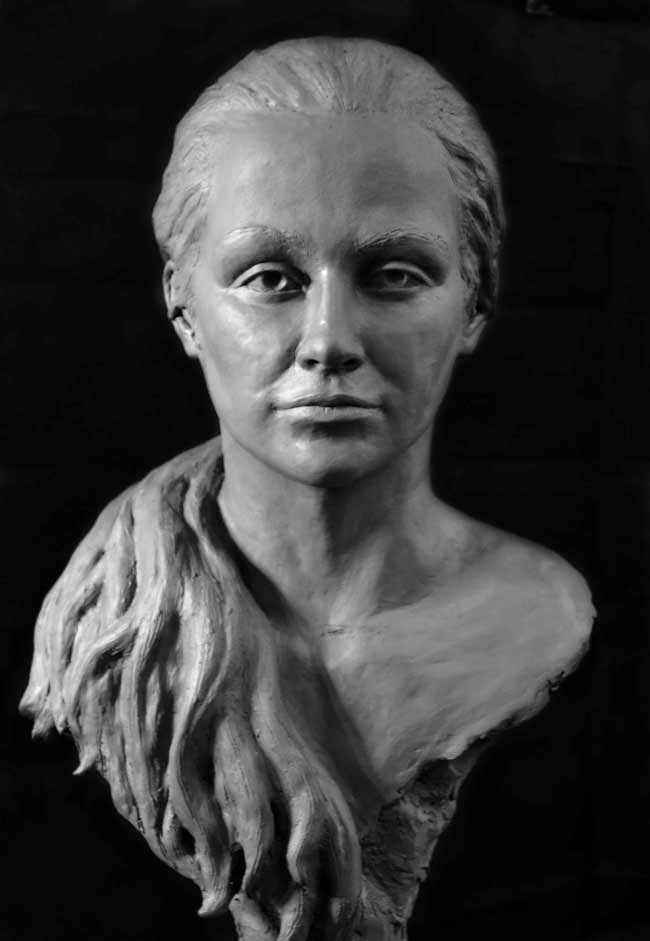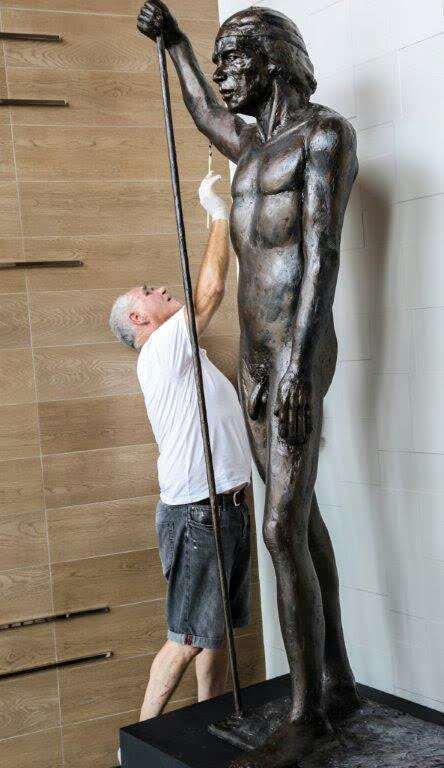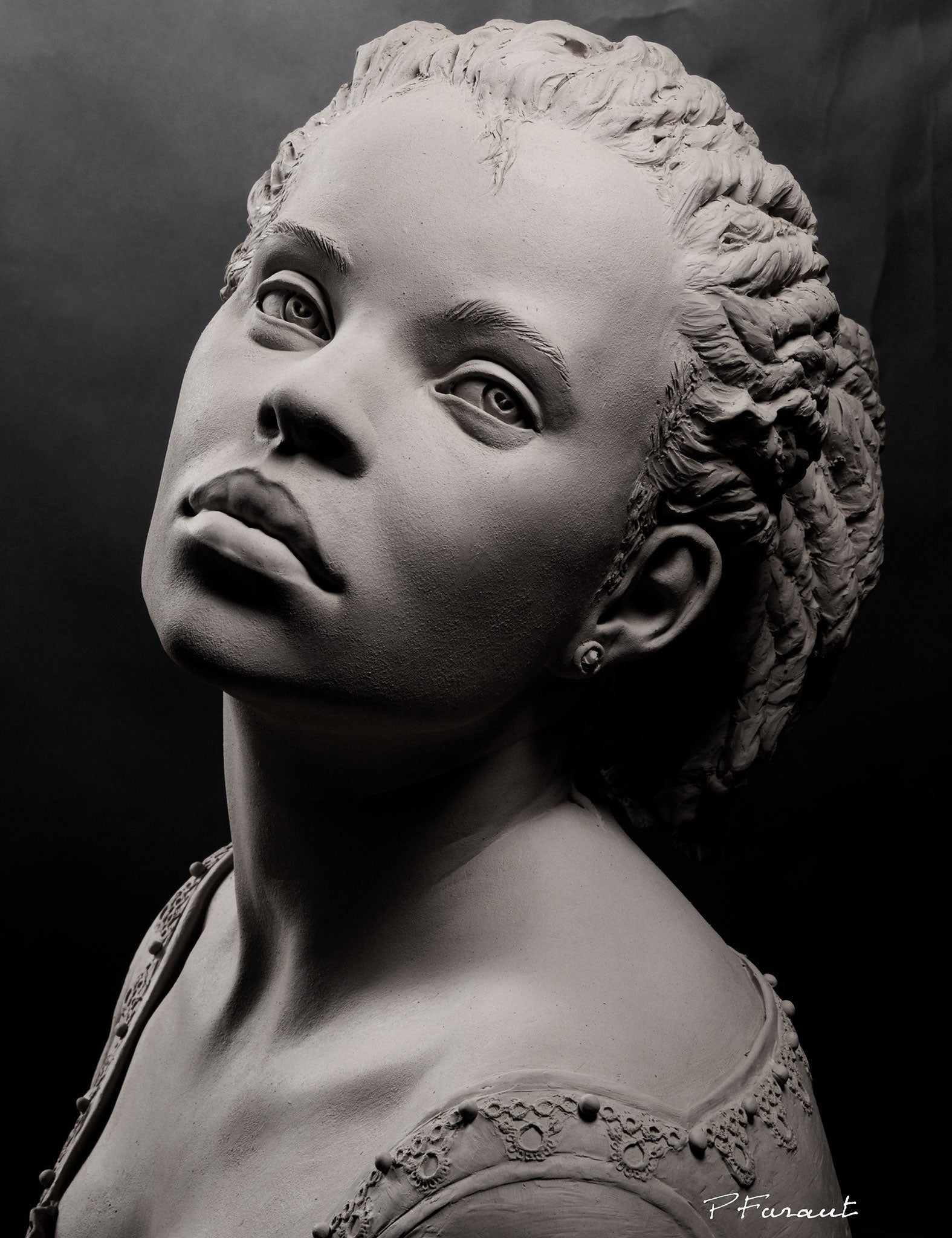Sculptures as an Expression of Human Emotions
Sculptures have long been respected as a powerful tool for sharing the depths and complexities of human emotions. From the peaceful charm of a smiling face to the raw intensity of a bent figure, sculptures provide a one-of-a-kind and timeless home window right into the globe of human emotions. In this expedition, we will dive right into the profound effect that sculptures have in expressing and evoking human emotions.
The Power of Catching Joy and Happiness
The fundamental power of sculptures depends on their capacity to capture and communicate the profound feelings of delight and happiness through the competent adjustment of type and product. Sculptures have actually been made use of throughout history as a means of revealing human emotions, and joy and joy are amongst the most common feelings portrayed in these art forms.
One of the methods sculptures record pleasure and happiness is through the careful choice and adjustment of type. Artists use different strategies to produce sculptures that stimulate a sense of pleasure, such as illustrating numbers in uplifting and vibrant positions, or making use of moving curves and lines to create a feeling of activity and energy.
Furthermore, the skillful use of facial expressions and motions in sculptures can efficiently convey happiness and happiness. Musicians diligently sculpt the smiles, laughter, and expressions of delight on the faces of their subjects, bringing them to life and capturing the significance of these feelings. The positioning of the body and the gestures depicted by the sculpture can additionally communicate a sense of pleasure and happiness, whether it is a number with outstretched arms, dance, or welcoming others.
Discovering the Midst of Despair and Sadness
An expedition right into the depths of unhappiness and grief can be accomplished through the expressive sculptures that capture the essence of these profound feelings. These sculptures work as a graph of the human experience, permitting customers to get in touch with their own feelings of sadness and sadness on a much deeper degree.
Through the skillful adjustment of texture, expression, and type, carvers can convey the facility emotions related to despair and sorrow. Making use of elongated, stooped figures or bent, anguished expressions can generate a feeling of despair and sorrow. The selection of materials, such as cold, rough stone or dark, weathered metal, can further enhance the melancholic and mournful mood of the sculptures.
Additionally, the power of these sculptures hinges on their capability to transcend language barriers - Bronze Sculptures. Despite linguistic or cultural distinctions, the global language of art permits people from diverse backgrounds to understand and link with the feelings represented in these sculptures. Robert C Hitchcock Sculptor. It is via this shared experience that a feeling of catharsis and understanding can be accomplished
Unveiling the Intricacy of Love and Wish
Unveiling the details of love and wishing, sculptures provide a profound exploration into the complexity of love and wish. With making use of numerous materials and strategies, carvers have actually been able to record the significance of these powerful emotions and share them in substantial forms. Love, with its many dimensions and subtleties, is a subject that has actually mesmerized musicians throughout history. From the tender welcome of a pair to the passionate complexity of bodies, sculptures have portrayed the diverse expressions of love and wish.
One such example is Auguste Rodin's renowned sculpture, "The Kiss." This masterpiece depicts two enthusiasts locked in an intimate accept, their bodies laced in a moment of intense passion. The sculpture not just catches the physical connection between the enthusiasts but likewise stimulates a deeper psychological bond. The elaborate information and the competent craftsmanship highlight the complexity of their love and wish.
Sculptures likewise discover the darker side of love and wish, introducing the intricacies that can arise from these intense feelings. Bronze Sculptures. Some sculptures show the torture and anguish that can accompany unrequited love or the devastating power of obsessive need. These art work serve as a suggestion that love and desire can be both lovely and challenging, bringing joy and pain in equal step
Communicating Anger and Irritation With Sculptures
Through the portrayal of contorted forms and strained stances, sculptures share the strength of rage and irritation. Musicians have long turned to the tool of sculpture to share these effective feelings, using various strategies to capture the raw energy and chaos linked with temper and frustration.

One typical method is to illustrate numbers in confrontational or hostile positions. The muscle stress and clenched hands of a sculpture can stimulate a feeling of suppressed temper, while twisted arm or legs and bent face expressions can communicate the frustration felt by the subject. These physical manifestations of feeling function as a visual representation of the inner turmoil experienced by people in moments of anger and aggravation.
Furthermore, musicians frequently use importance and metaphor to improve the emotional influence of their sculptures. As an example, sharp, jagged sides or broken forms can symbolize the damaging nature of anger, while heavy, difficult structures can stand for the weight of irritation. By including these components right into their job, artists are able to communicate the strength and intricacy of these emotions in a tangible and visually striking way.

Revealing Hope and Strength in Sculptural Form
Sculptures personifying hope and durability are a testament to the indomitable spirit of the human experience. These art work function as effective icons of positive outlook and toughness despite difficulty. Through the skillful adjustment of products, click for more musicians are able to capture the significance of hope and resilience, creating sculptures that influence and uplift.
One example of a sculpture that embodies hope is "The Winged Success of Samothrace." This old Greek statuary illustrates a winged siren standing atop a ship's prow, her garments billowing in the wind. The sculpture radiates a sense of triumph and resolution, signifying the power of intend to get over barriers.

Sculptures that express hope and strength work as reminders of the human capacity to withstand and flourish when faced with difficulty. They influence us to be determined, to find strength in ourselves, and to believe a brighter future. These artworks talk to the universal human experience, using solace and support to those who experience them.
Verdict
In conclusion, sculptures serve as an effective medium for expressing a wide range of human emotions. By eliminating personal pronouns, the focus remains on the global nature of these emotions and the capacity of sculptures to convey them in a enduring and concrete way.
Sculptures have actually long been revered as a powerful tool for expressing the depths and intricacies of human emotions. From the tranquil elegance of a grinning face to the raw strength of a contorted number, sculptures provide a timeless and distinct home window right into the world of human feelings. In this expedition, we will dig into the extensive effect that sculptures have in expressing and stimulating human emotions.
In verdict, sculptures serve as an effective medium for revealing a vast variety of human emotions (Robert C Hitchcock Sculptor). By removing personal pronouns, the focus stays on the universal nature of these feelings and the capacity of sculptures to communicate them in a tangible and long-lasting manner